A Chinese pharmaceutical company carrying out human trials for a coronavirus vaccine says it’s ready to start producing its product on a mass scale.
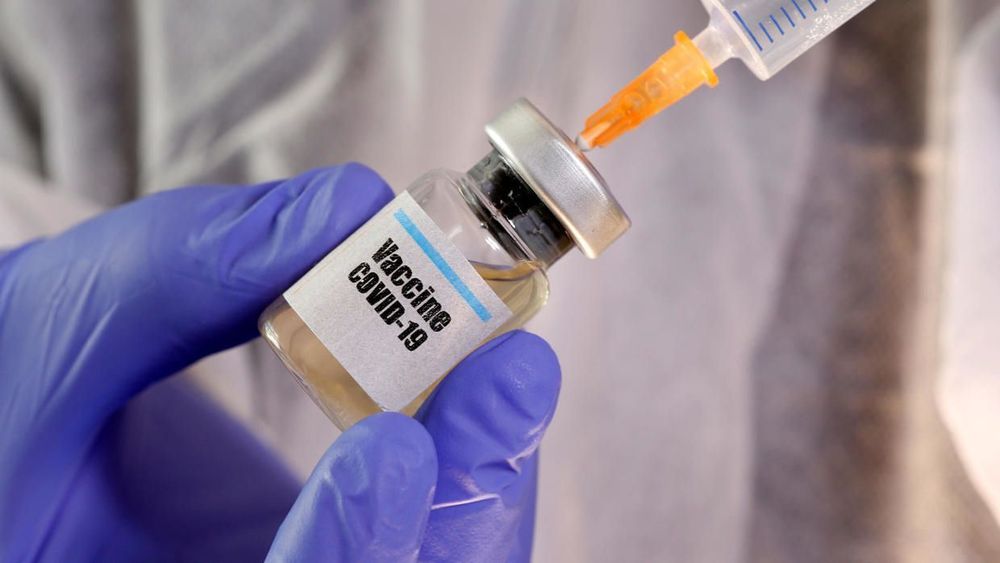


‘Through advances in medical devices and synthetic biology, DARPA’s new Advanced Acclimation and Protection Tool for Environmental Readiness (ADAPTER) program aims to develop a travel adapter for the human body, an implantable or ingestible bioelectronic carrier that can provide warfighters control over their own physiology. The integrated system will be designed to entrain the sleep cycle – either to a new time zone or back to a normal sleep pattern after night missions – and eliminate bacteria that cause traveler’s diarrhea after ingestion of contaminated food and water,’ reads a DARPA statement on the new device.”
The adapter is meant to regulate sleep patterns and protect against diarrhea.
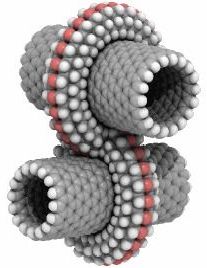

Not long ago nanotechnology was a fringe topic; now it’s a flourishing engineering field, and fairly mainstream. For example, while writing this article, I happened to receive an email advertisement for the “Second World Conference on Nanomedicine and Drug Delivery,” in Kerala, India. It wasn’t so long ago that nanomedicine seemed merely a flicker in the eyes of Robert Freitas and a few other visionaries!
But nano is not as small as the world goes. A nanometer is 10−9 meters – the scale of atoms and molecules. A water molecule is a bit less than one nanometer long, and a germ is around a thousand nanometers across. On the other hand, a proton has a diameter of a couple femtometers – where a femtometer, at 10−15 meters, makes a nanometer seem positively gargantuan. Now that the viability of nanotech is widely accepted (in spite of some ongoing heated debates about the details), it’s time to ask: what about femtotech? Picotech or other technologies at the scales between nano and femto seem relatively uninteresting, because we don’t know any basic constituents of matter that exist at those scales. But femtotech, based on engineering structures from subatomic particles, makes perfect conceptual sense, though it’s certainly difficult given current technology.
The nanotech field was arguably launched by Richard Feynman’s 1959 talk “There’s Plenty of Room at the Bottom.” As Feynman wrote there.
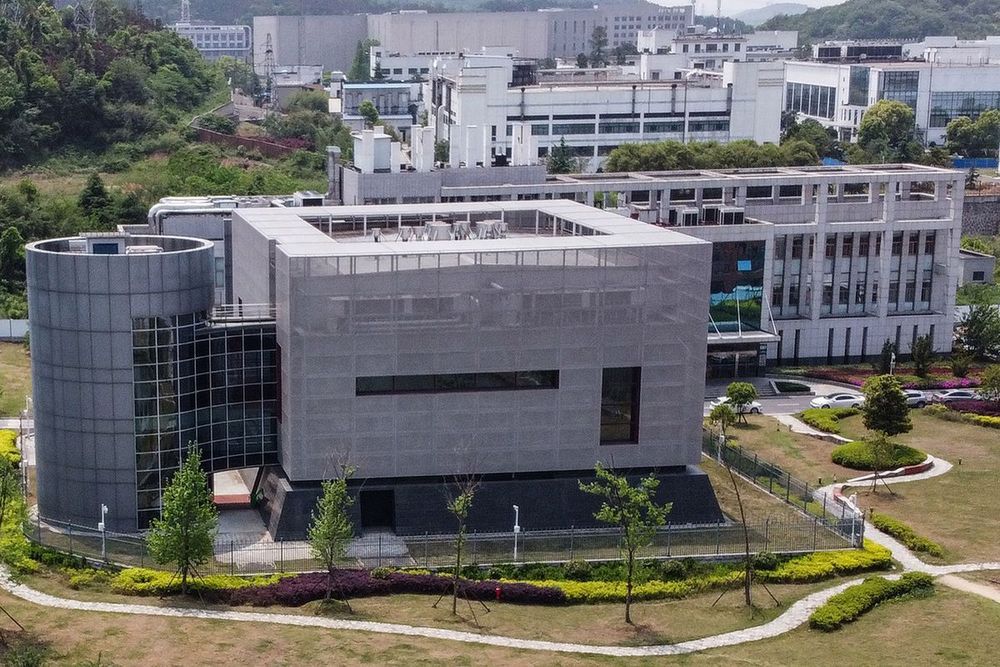
U.S. Secretary of State Michael Pompeo said “enormous evidence” shows the novel coronavirus outbreak began in a laboratory in Wuhan, China, but didn’t provide any proof for his claims.
“I can tell you that there is a significant amount of evidence that this came from that laboratory in Wuhan,” Pompeo said on ABC’s “This Week.” “These are not the first times that we’ve had a world exposed to viruses as a result of failures in a Chinese lab.”
Pompeo stopped short of saying the virus was man-made, noting that he agreed with a report by the Office of the Director of National Intelligence that ruled out genetic modification or it having been man-made.
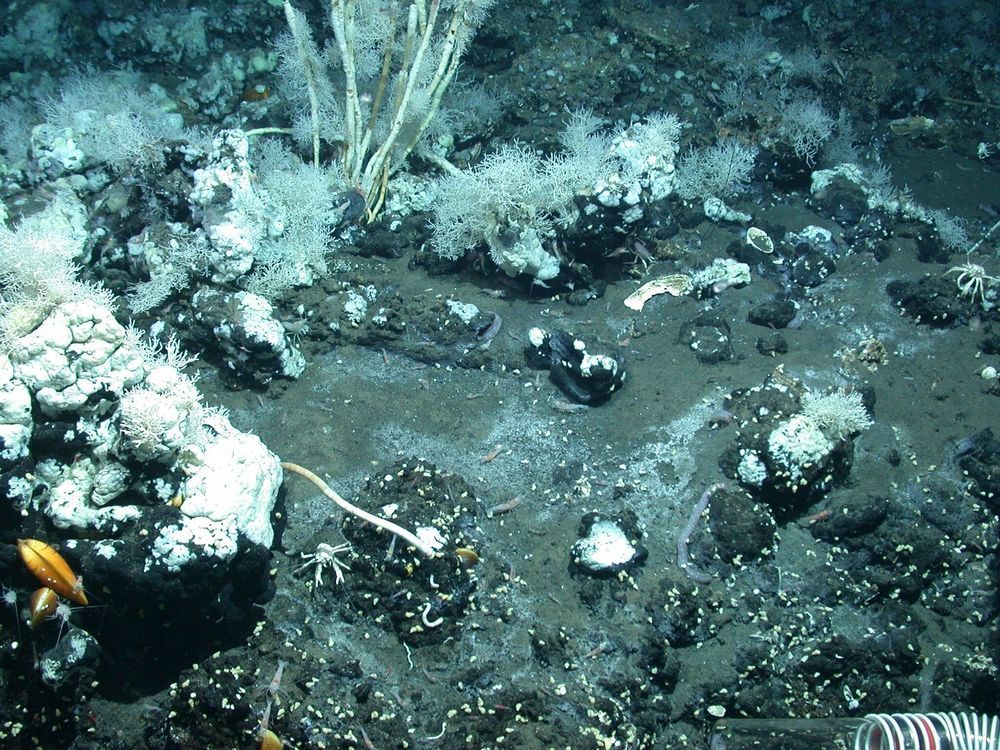
The COVID-19 pandemic is a stark reminder that we move through a world shaped by unseen life. Bacteria, viruses, and other microscopic organisms regulate the Earth’s vital functions and resources, from the air we breathe to all our food and most of our energy sources. An estimated one-third of the Earth’s microbes are literally hidden, buried in sediments deep below the ocean floor. Now, scientists have shown that these “deep biosphere” microbes aren’t staying put but are bubbling up to the ocean floor along with fluids from buried petroleum reservoirs. These hitchhikers in petroleum seeps are diversifying the microbial community that thrives at the seafloor, impacting deep-sea processes, such as carbon cycling, that have global implications.
“This study confirms that petroleum seeps are a conduit for transporting life from the deep biosphere to the seafloor,” says co-author Emil Ruff, a scientist at the Marine Biological Laboratory (MBL), Woods Hole. The study, led by Anirban Chakraborty and Casey Hubert of the University of Calgary, is published this week in Proceedings of the National Academy of Sciences.
The team analyzed 172 seafloor sediment samples from the eastern Gulf of Mexico that had been collected as part of a 2011 survey for the oil industry. A fraction of these samples contained migrated gaseous hydrocarbons, the chief components of oil and gas. These petroleum seeps on the ocean floor harbored distinct microbial communities featuring bacteria and archaea that are well-known inhabitants of deep biosphere sediments.

As the novel coronavirus swept through communities around the world, preying disproportionately on the poor and the vulnerable, one disadvantaged group has demonstrated a remarkable resistance. Women, whether from China, Italy or the U.S., have been less likely to become acutely ill — and far more likely to survive.
Which has made doctors wonder: Could hormones produced in greater quantities by women be at work?
Now scientists on two coasts, acting quickly on their hunches in an effort to save men’s lives, are testing the hypothesis. The two clinical trials will each dose men with the sex hormones for limited durations.
Last week, doctors on Long Island in New York started treating Covid-19 patients with estrogen in an effort to increase their immune systems, and next week, physicians in Los Angeles will start treating male patients with another hormone that is predominantly found in women, progesterone, which has anti-inflammatory properties and can potentially prevent harmful overreactions of the immune system…spoiler alert it most likely is progesterone.
Men are more likely than women to die of the coronavirus, so scientists are treating them with something women have more of: female sex hormones.
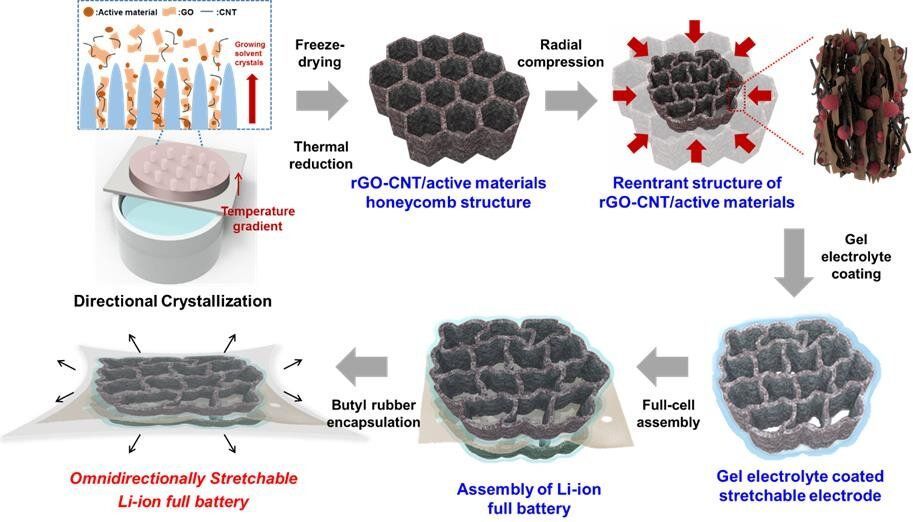
A Korean research team has developed a lithium-ion battery that is flexible enough to be stretched. Dr. Jeong Gon Son’s research team at the Photo-Electronic Hybrids Research Center at the Korea Institute of Science and Technology (KIST) announced that they had constructed a high-capacity, stretchable lithium-ion battery. The battery was developed by fabricating a structurally stretchable electrode consisting solely of electrode materials and then assembling with a stretchable gel electrolyte and stretchable packaging.
Rapid technological advancements in the electronics industry have led to a fast-growing market for high-performance wearable devices, such as smart bands and body-implantable electronic devices, such as pacemakers. These advancements have considerably increased the need for energy storage devices to be designed in flexible and stretchable forms that mimic human skin and organs.
However, it is very difficult to impart stretchability to the battery because the solid inorganic electrode material occupies most of the volume, and other components such as current collectors and separators must also be made stretchable. In addition, the problem of liquid electrolyte leakage under deformation must also be solved, as well as the problem of leaking liquid electrolyte.
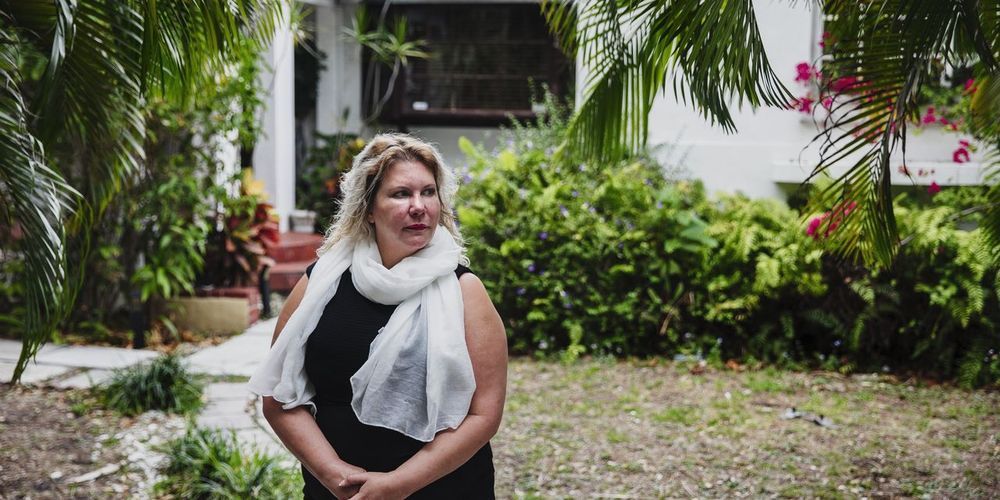

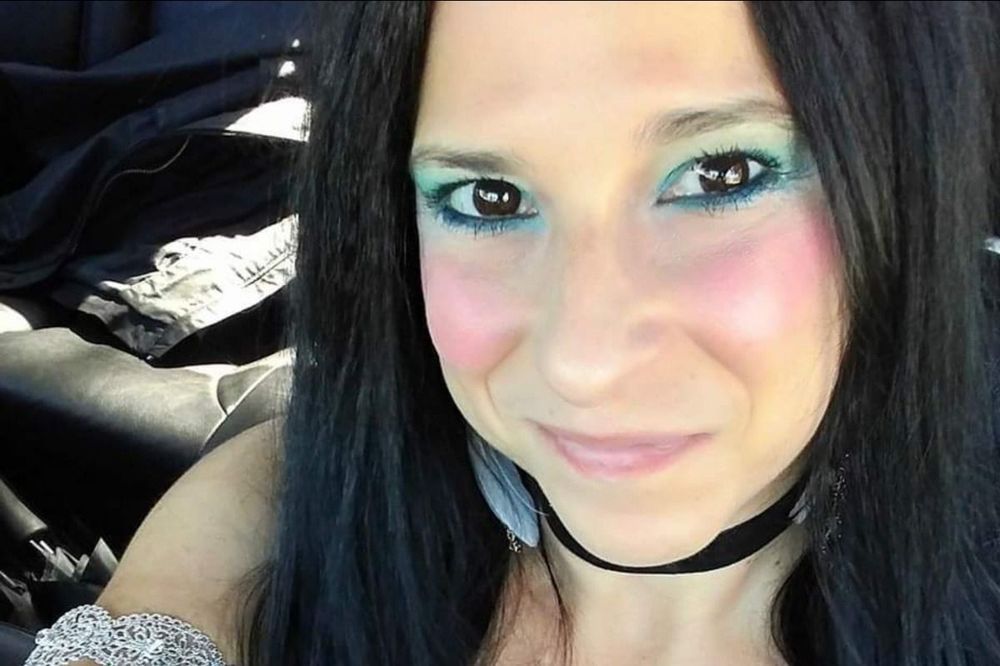
Maria became the very first COVID-19 patient to use Stem Cell Neurotherapy for COVID-19. In about 5 days, she will began to feel the healing effects of generating new lung cells which will eliminate her breathing problems.
We repurposed some tools from the Stem Cell Therapy for Cancer/Brain Tumor. Those tools are T-Cells, B-Cells, and Natural Killer Cells. Instead of programming those cancer killing cells to attack cancer cells, we have programmed them to seek out, identify, attack, and destroy all the Coronavirus cells in the entire body.
Stem Cell Neurotherapy sends therapeutic messages, e.g., “your stem cells are transforming into new cells for the lungs, liver, and kidneys” to the DNA inside the nucleus of stem cells. Inside the nucleus, the DNA receives the message and transmits it to the RNA, which translates the message into genetic code.
The genes inside the stem cells transmit the coded message to the proteins, which are converted by the mitochondria into ATP, which provides the energy for the coded message to transform the stem cells into a new set of lung cells, as well as new cells for the kidneys and liver.
These new cells in the lungs, kidneys, and liver will replace the cells that were infected by the COVID-19 virus. This results in the elimination of the coughing, fever, headaches, diarrhea, and breathing problems.
I’m reaching out with great humility, like a great many people are these days, to see if anyone has it within their means to help me directly or indirectly. As an artist, teaching in the New York City school system mostly working children in ESL and Special Needs, my work is seasonal and I am an independent contractor. This means no benefits even after close to 10 years in the same “job”, and from a complicated financial situation with my husband, neither of us has health insurance, everything is out of pocket for us. I’m not eligible for unemployment due to being a contractor. My gigs for this semester totaling almost $5000 for NYC schools just evaporated in the blink of an eye, but would have covered the cost my everyday healthcare/rent/etc until September. Things like medicines and supplements, healthy food that help control my Essential Tremor(neurological disease) and anxiety and vision care that allow me to function as an artist and make a meager living will be eliminated if we want to keep a roof over our heads. And now due to restrictions in NYC, my husband could be out of work by tomorrow(also contract work with no-unemployment benefits). If you can donate even the smallest token it would be of great help. Any amount would help me to weather the next several months of the NYC lockdown. If you feel strange donating cash, please take a look at the reproductions of my art, or maybe even buy a gift card for someone that might like my art here: opticvoid.com